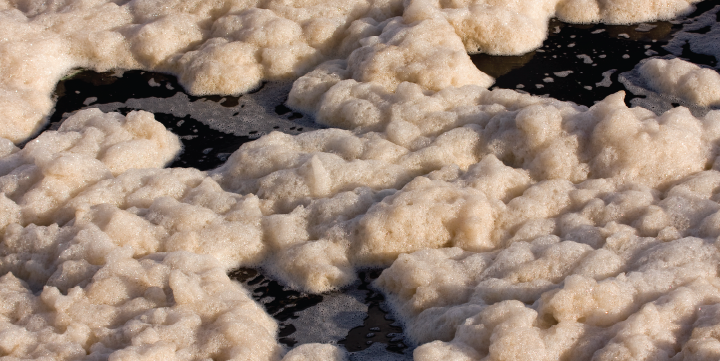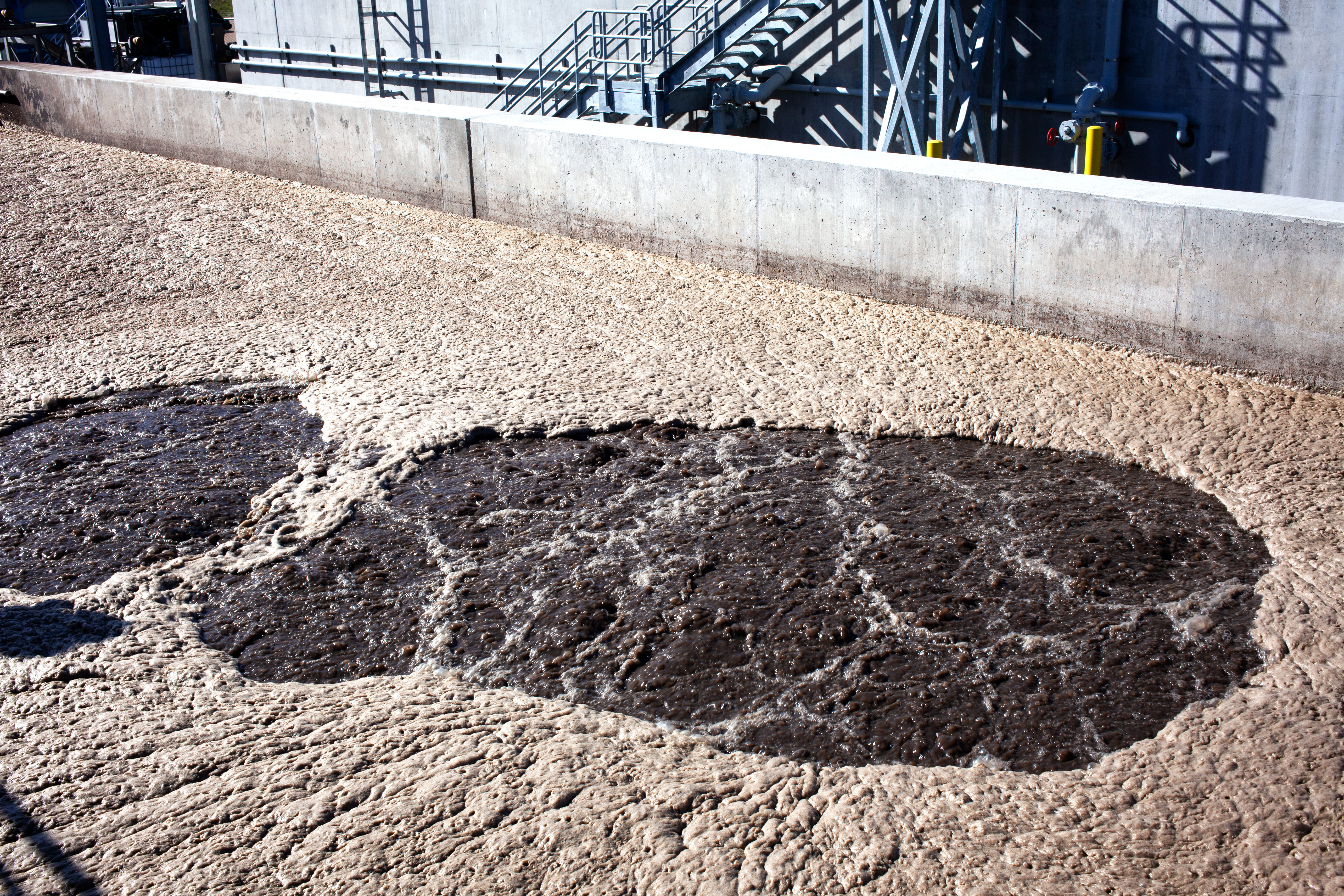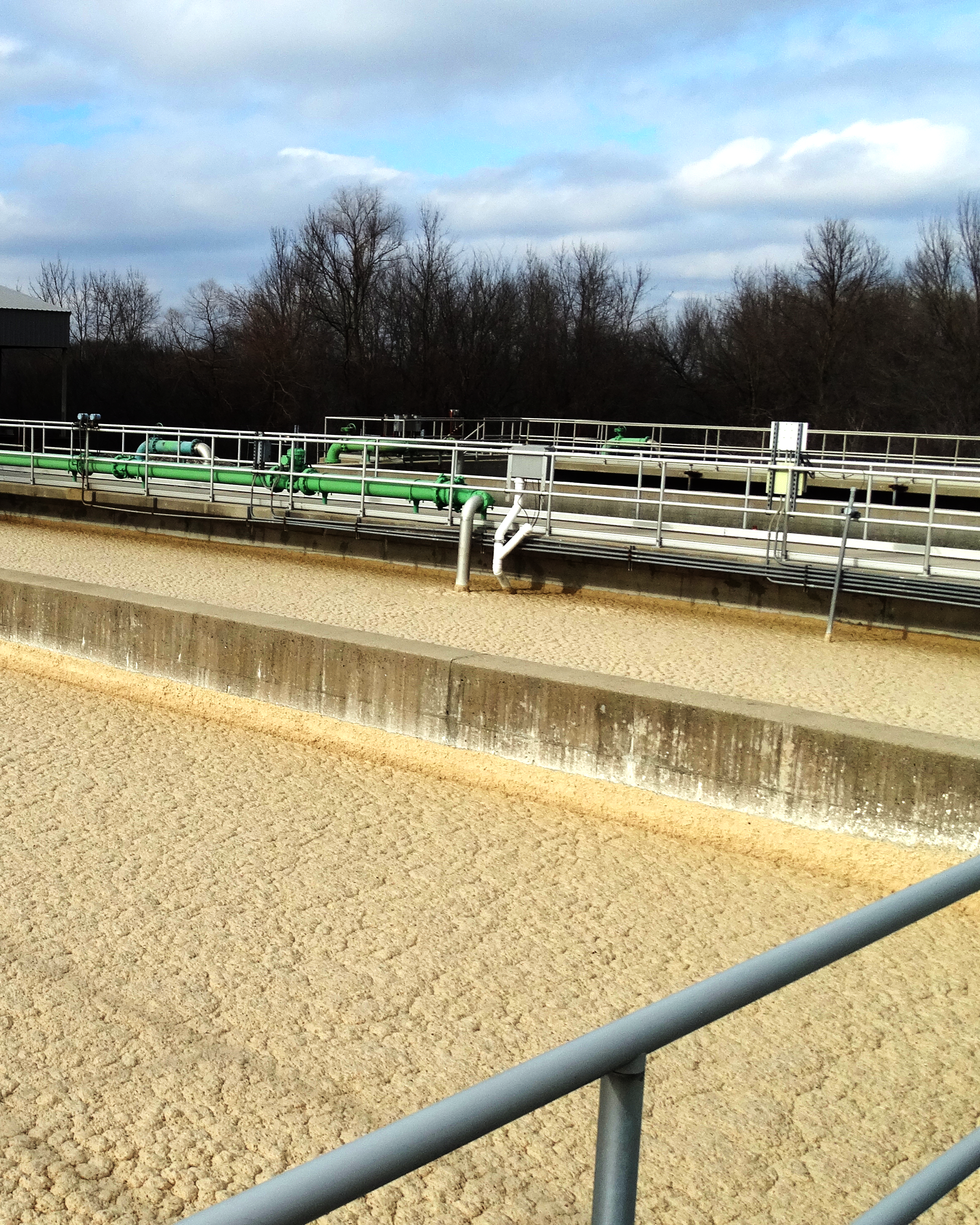Wastewater Foaming
Understanding the Three Primary Types and How to Address Them
by Saylor Gilbert, Aquafix Research Scientist

Foaming is a common problem that many wastewater treatment plants encounter, and it can cause significant issues if not addressed promptly or properly. There are three primary types of foaming: surfactant foaming, filament foaming, and solids foaming. In this blog, we will explore these types of foaming and discuss how operators can address them.

Surfactant Foaming
Surfactant foaming is often accompanied by a strong odor and can be difficult to control. One common method for addressing surfactant foaming is to add a defoamer to the system. Defoamers work by breaking down the surface tension of the bubbles, causing them to collapse. It is important to note that defoamers should be used sparingly, as overuse can lead to other issues such as decreased oxygen transfer efficiency.
Filament Foaming
Filamentous bacteria are a common issue in wastewater treatment systems and can cause foaming. This type of foaming occurs when the bacteria produce long, stringy filaments that trap gas bubbles and create a persistent foam layer. One example of filamentous bacteria that can cause foaming is Nocardia-like organisms (NALO). NALO is a filament that thrives on fats, oils, and greases (FOG) and tends to grow into a tangled, mat-like structure. This structure floats to the surface to create a very stable foam layer.
Identifying the underlying cause of filament growth can provide insight into how to address foaming. Once the cause is discovered, it can be addressed through a variety of methods, such as increasing the dissolved oxygen in the system, reducing the hydraulic loading rate, and adding nutrients to promote the growth of other bacteria that compete with filamentous bacteria. It is also important to monitor the MLSS and SVI of the system, as high MLSS or low SVI can exacerbate filamentous bacteria growth.

Solids Foaming
Solids foaming occurs when the solids in a system become aerated and produce foam. This type of foaming can be caused by a variety of factors, such as mechanical issues with equipment, changes in the chemical composition of the wastewater, or changes in the pH of the system. These changes will often lead to cell death and rapid solid dispersal. Ultimately, the dispersed solids are what causes the foaming to occur.
To address solids foaming, it is important to identify and address the root cause. This may involve repairing equipment, adjusting chemical dose rates, or modifying the pH of the system. Additionally, operators can add antifoam agents to the system to help control the foam until the root cause can be addressed. Or even add something like a polymer which will chemically compact the solids
Microanalysis is key to accurately identifying your foam and diagnosing the root cause.
Foaming is a common issue in wastewater treatment systems, and it is important for operators to understand the different types of foaming and how to address them. By monitoring the system and identifying the root cause of foaming, operators can take steps to prevent and control foaming, ensuring optimal system performance.

About the Author
Saylor Gilbert is a Research Scientist for Aquafix and holds a bachelor’s in microbiology. His expert knowledge of toxicity and F.O.G. allows us to push our products forward and continue to provide our customers with top-tier wastewater solutions.
